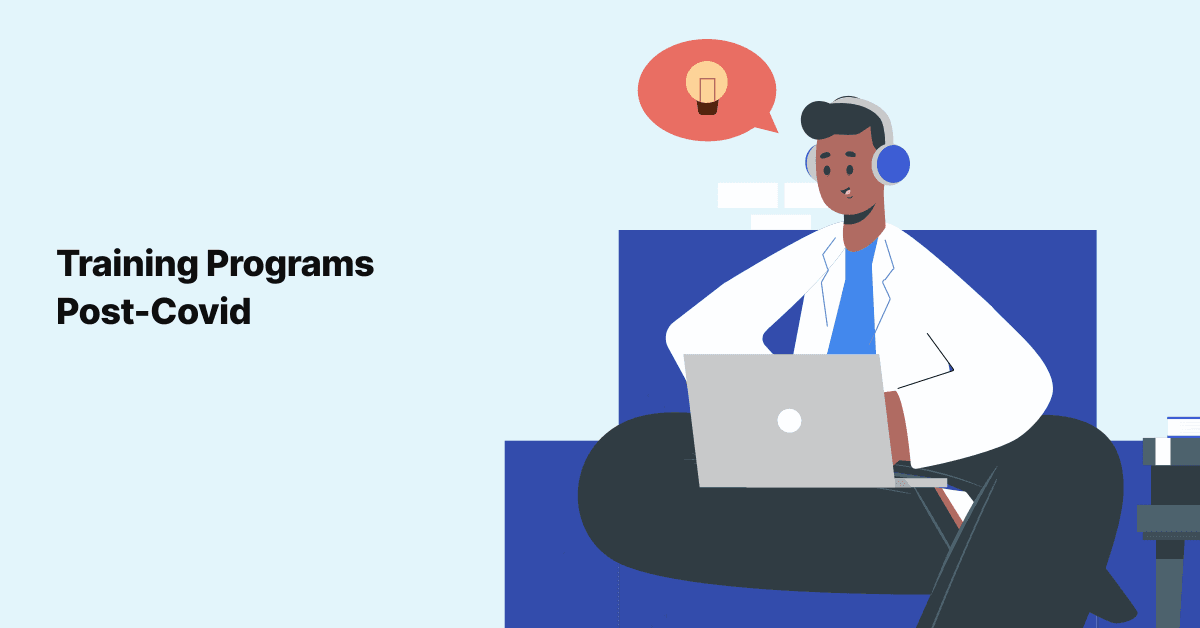
How Training Initiatives Helped Empower and Prepare Baylor Scott and White Health for COVID-19 (Part 2)
Part 2 of 3: Jerrie Rankin, VP of Operational Informatics with Baylor Scott & White Health and Nicholas …

If you’ve had the feeling your brain is so full that it couldn’t possibly handle one more thought, you’re not alone. With today’s rapid-fire rate of information, 24/7 news channels equipped with constant running tickers, and the various forms of social media all dying for our attention, it’s no wonder we feel inundated with “stuff”. But there’s also a scientific explanation for this feeling and it has a name: cognitive overload.
The term cognitive load refers to the amount of information that working memory can hold at one time. So it stands to reason that when too much information is delivered to the brain, this can lead to frustration, anxiety, and poor decision-making. Sound familiar? It’s no wonder we may feel overwhelmed when presented with workplace learning, piling onto the “load” we already experience in our daily lives.
Avoiding this overload is an important consideration when creating e-learning. You want the learner to absorb training and information at a pace that is comfortable for them, as they perform their daily tasks. Luckily, there are three main tactics you can employ to help with this management of information:
When you sit down to eat a meal, ideally, you’d want to enjoy the aromas, textures, and flavors of your food. This enjoyment creates a lasting imprint on your brain, enabling you to recall that meal in the future, sometimes even in great detail. Conversely, if you tried to eat everything at once, as quickly as possible, you’d certainly be full but may not even realize specifically what you ate!
The brain functions much like the human digestive system in this way. By breaking your course content down into bite-sized, more manageable pieces, learners can absorb it more completely. When information is divided in this manner, the brain can fully understand and process each piece before moving on to the next piece. As a result, comprehension is attained, which then increases the likelihood of memory recall.
Humans do not learn in a uniform fashion. Some are visual learners while others are auditory learners. You have individuals who never forget names, as opposed to those who never forget a face. The simple act of reading a book has been adopted for both visual and auditory learners through platforms like Audible. By using both modalities in your content, pairing visuals with audio, you can cater to both types of learners. You also enable the brain to process different types of information simultaneously.
Have you ever started a course or watched a video and found yourself mid-way through wondering what the course was even about? Perhaps you viewed a presentation in which the speaker took the liberty of sharing so many personal anecdotes, that you forgot the very purpose for it? Far too often, we have experienced instruction that attempts to showcase the full range of an instructor’s knowledge about a subject, rather than focus on one particular topic.
By keeping the content simple, concise, and relevant, the learner is better equipped to process the information more effectively. If you have to ask if the content is really relevant, it probably isn’t. Remember the old adage: less is more.
Join over 3,200 subscribers and keep up-to-date with the latest innovations & best practices in Healthcare IT.

Part 2 of 3: Jerrie Rankin, VP of Operational Informatics with Baylor Scott & White Health and Nicholas …

Despite recent challenges in the world of training and EMR implementation, training still remains just as …

As you read this blog, many restrictions put in place due to Covid-19 are being relaxed. The travel …